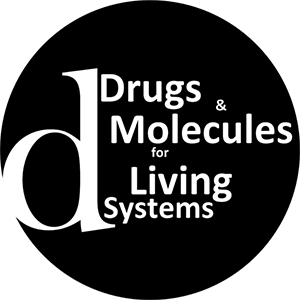Re-Enforce project



Team :
- Team Leader: Nicolas Willand – Professor
- Dr Bruna Gioia – Postdoc
- Francesca Ruggiéri – PhD student – PEARL doctoral programme I-SITE ULNE
Collaborators :
- Pr Jean-Louis Hilbert, Institut Charles Viollette
- Dr Philippe HANCE, Florimond Desprez
- Dr Ruben Hartkoorn, CIIL, Institut Pasteur Lille
- Dr Alain Baulard, CIIL, Institut Pasteur Lille
- Dr Olivier Defert
Project :
Probing chemical space with nature-inspired libraries
Screening of small-molecule libraries remains an important aspect of early-stage drugs and probes discovery. The miniaturization of assay development and screening has also allowed to increase the number of compounds to be tested. Bioactive natural products are attractive starting points for such libraries because of their structural complexity, linked to their sp3-rich character and for their optimized physchem properties. One approach consists in collecting natural products or natural-product extracts from their natural sources. To supplement such sources, we will design the synthesis of natural product-like libraries. The objective of this work will be to probe new chemical spaces with collection of chemical libraries containing original macrocycles, semisynthetic terpenoids and natural-product inspired compounds. In each case, scaffolds will be based on structures of naturally occurring compounds or close derivatives. Scaffold preparation will be pursued following the development of appropriate enabling chemical methods. Diversification will rapidly provide new compounds suitable for screening. The libraries thus prepared will have structural features, including sp3 content, comparable to a basis set of representative natural products and will be highly rule-of-five compliant. Furthermore, this approach of natural product-like screening libraries will allow to balance the likelihood of finding molecules useful in the pursuit of new biology with synthetic tractability. For that purpose, we will create a set of synthetically derived cores that represents structural features of the natural-product starting point. These will further be modified to produce ‘scaffolds’ that differ more substantially from the original structure but retain attractive elements for diversification. Then we will exemplify this approach with the synthesis of building blocks and a large collection of derivatives as exemplified in figure 1.
Figure 1: construction of scaffolds and natural-product inspired chemical libraries



